Evidence from Byron Sharp’s marketing science shows that making your service easy to find and buy drives more growth than loyalty gimmicks, especially for U.S. B2B firms.
By German Tirado, July 1, 2025
Why You Should Trust Byron Sharp and the Ehrenberg-Bass Institute
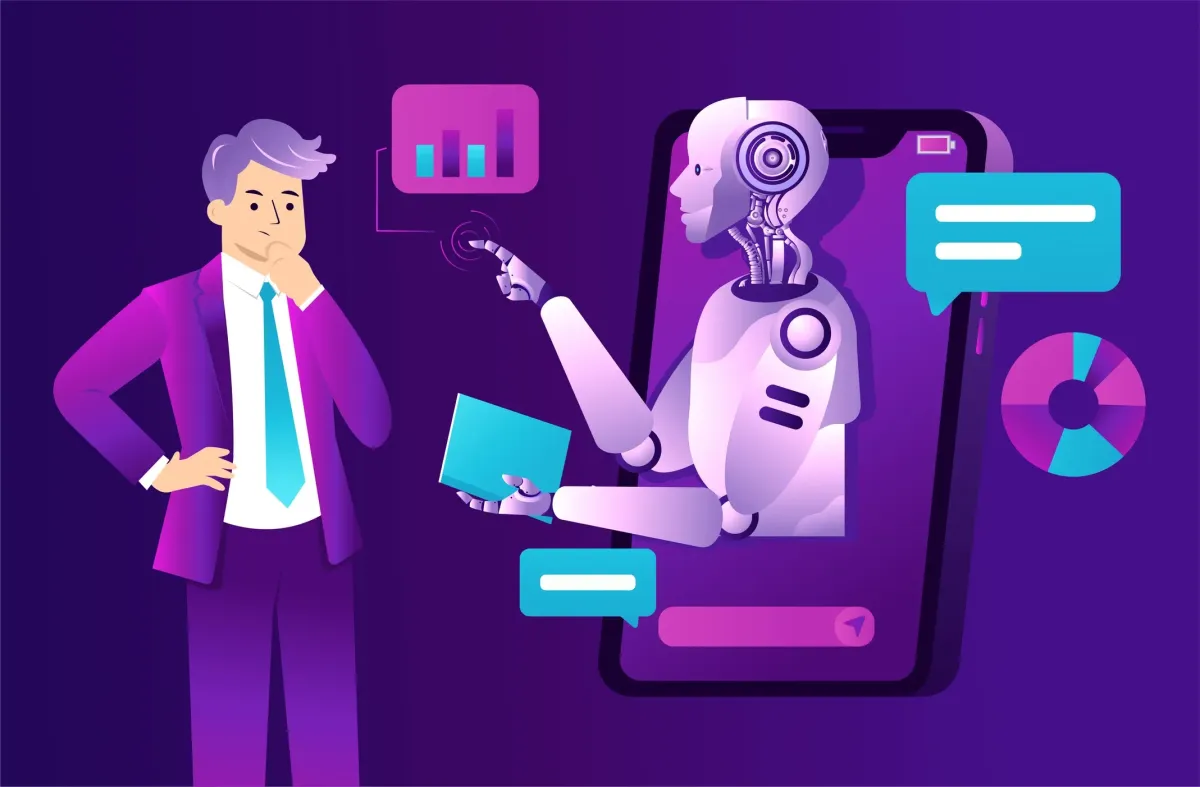
Table of Contents
Introduction
What is Physical Availability (and Why It Beats Loyalty Myths)
Physical Availability in the B2B Services Context
Linking Physical and Mental Availability (Being Thought of and Easy to Find)
Case in Point: Salesforce – Ubiquity in Mind and Market
Practical Takeaways: 3 Ways to Boost Physical Availability in B2B
Conclusion
Before we dive into what Physical Availability means and why it matters so much in B2B, let’s first address why you should listen to any of this at all.
In a business world that often runs on opinion, Byron Sharp and the Ehrenberg-Bass Institute have done something rare and powerful: they’ve applied the scientific method to marketing. Their research doesn’t rely on case studies or fads. Instead, it draws from the largest global databanks of real buyer behavior ever assembled. We’re talking about millions of data points across hundreds of categories and geographies, studied for years to uncover patterns that are consistent, predictive, and replicable.
Their research has revealed empirical laws that explain how brands grow. Not guesses. Not theories. Laws. Like:
Double Jeopardy: Small brands have fewer customers and lower loyalty. Big brands win by being bought by more people, more often.
The 95-5 Rule: In B2B, just 5% of potential buyers are in-market at any one time. Marketing must reach the 95% who aren’t buying yet.
Duplication of Purchase: Customers buy from multiple brands. You share your customers with your competitors.
The Ehrenberg-Bass Institute is the most respected marketing science body in the world. Their work is used and endorsed by global firms like Google, Coca-Cola, Mars, and Amazon. And in recent years, they’ve turned their focus to B2B, confirming that these same laws apply to even the most complex and relationship-driven sectors [1], [2], [5].
So if you want growth backed by proof — not gimmicks — you’re in the right place.
B2B brands don’t grow by squeezing loyalty – they grow by being easy to find and easy to buy, wherever and whenever customers need them.
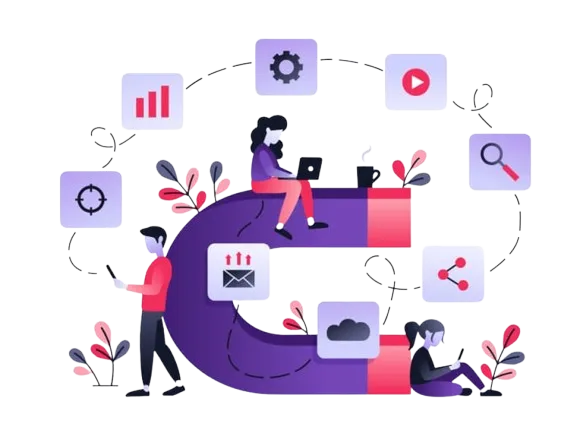
This provocative insight overturns decades of misguided B2B tactics. While many firms chase customer loyalty programs, community-building, or over-targeted ABM schemes, the data reveals a simpler path: make your service easier to buy, by more people, in more situations.
It starts with Physical Availability: ensuring your service is available in more channels, through more formats, with fewer barriers. Combine this with Mental Availability – being top of mind at relevant moments – and you have the proven formula for brand growth.
The Ehrenberg-Bass team has shown that loyalty is not a cause of growth, but a consequence. Small brands have fewer customers who buy less often. Bigger brands win by reaching more buyers, not loving their existing ones harder
What is Physical Availability (and Why It Beats Loyalty Myths)
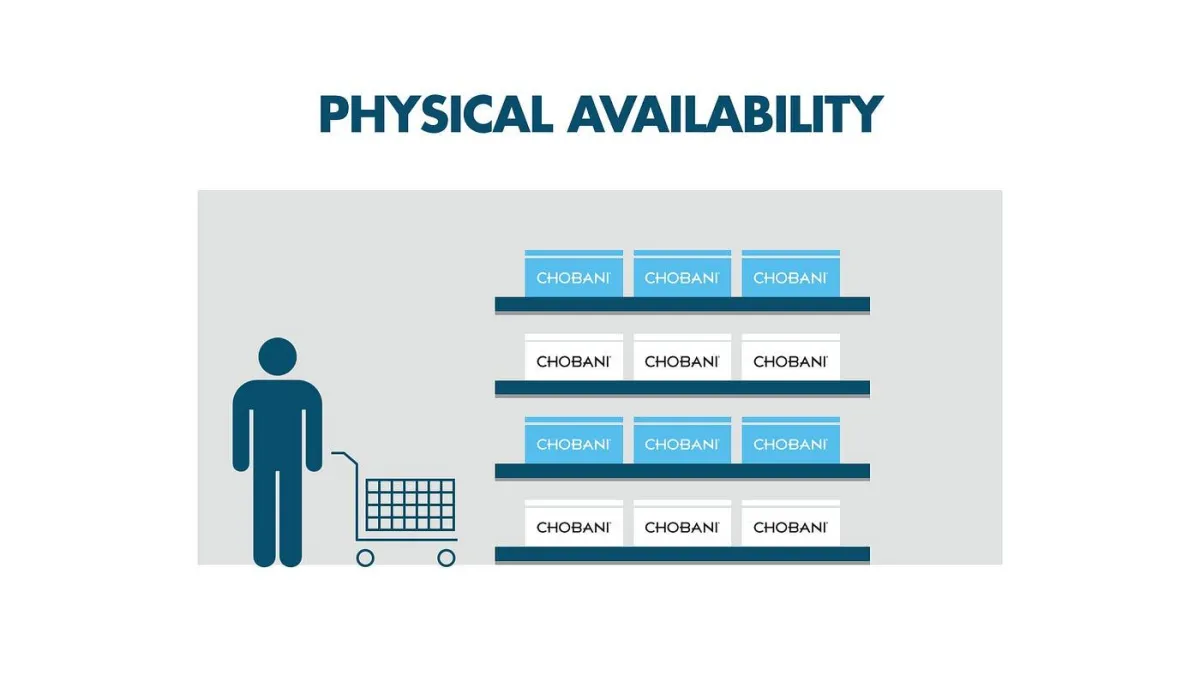
Physical Availability means making your brand as easy as possible to buy for as many customers as possible, in as many situations as possible. In plain terms, it’s about removing friction – “identifying and removing as many speed bumps to purchase as you can”. If Mental Availability is about being easily thought of, Physical Availability is about being easily bought. Byron Sharp’s central thesis is that brands grow by acquiring new customers, not by squeezing more out of a small loyal base. This runs directly against the common myth that loyalty or niche targeting is the key to growth. In fact, the Double Jeopardy Law (a marketing law confirmed across industries) shows that smaller brands have far fewer buyers and slightly lower loyalty – so the only path to sustainable growth is to gain more buyers [2]. B2B data backs this up: loyalty metrics (repeat purchase rates, retention) are largely a function of market penetration. A brand with 5% market share simply can’t have the same loyalty numbers as the market leader; it’s “double-jeopardy” at work. The Ehrenberg-Bass studies counsel B2B marketers to stop obsessing over loyalty and differentiation and start making it easier for non-customers to find and buy from you. In short, be where the buyers are, and remove any barriers that might keep them from choosing your service. Evidence-led marketing science finds this focus far outperforms trying to cultivate fanatical loyalty or narrow targeting when it comes to actual sales growth [2].
To illustrate, Sharp and colleagues note that we rarely observe brands growing purely via loyalty or upselling; that’s a consultant’s fantasy, not reality. Real growth comes from penetration – reaching more people. Even in B2B, where purchases are big and relationships long, the same pattern holds. One Ehrenberg-Bass analysis bluntly concludes that there is one clear path to growth: winning more customers (primarily from your competitors) [2]. Those new customers won’t materialize unless your brand is both salient and readily accessible when they decide to buy. This is where Physical Availability steps in as a growth engine.
Physical Availability in the B2B Services Context
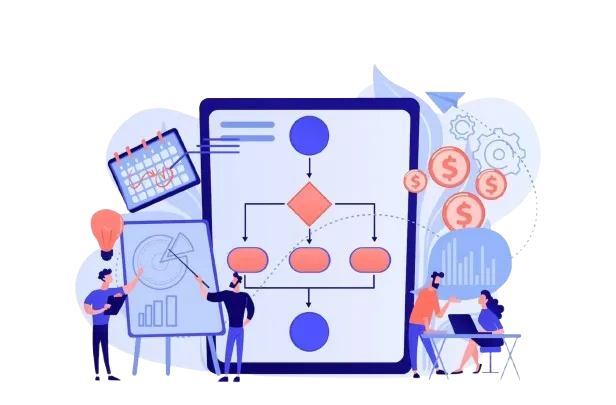
How does Physical Availability translate to a B2B service business? After all, you’re not jockeying for shelf space in a supermarket. Think of your “distribution” in terms of channels, visibility, and ease of purchase. It means being present in all the places your business customers might look for a provider, and offering solutions in forms that lower their purchase barriers. Key aspects include:
Multi-Channel Presence: Ensure your firm is findable wherever buyers research solutions. That could be search engines, LinkedIn, industry directories, conferences, procurement portals, or referrals through partners. If a CIO Googles a service category, your name should pop up. If decision-makers attend a trade show or webinar, you should have a presence. Physical availability is about coverage. A classic Byron Sharp recommendation is “reach everyone in the market” – you can’t be a hidden gem and expect to grow. In B2B, this might mean listing your services on marketplaces, partnering with resellers or consultants, and maintaining active visibility in professional communities. The goal is that whenever a potential client enters a buying situation, your company is noticeably there as an option.
“Pack” Equivalence (Portfolio): Just as consumer brands use multiple pack sizes or formats to be easy to buy, B2B services should offer appropriate versions of their service to suit different customers and contexts. This could mean tiered service packages, scalable solutions, pilot programs or free trials – any offering that makes it easier for a wide range of businesses to say “yes” and get on board. If you only sell one monolithic enterprise deal, you’re missing those who wanted a small starter project. Being easy to buy means having a relevant product for each type of buyer or buying occasion. For example, a SaaS firm might have a self-serve entry plan (to capture small teams or trial users) alongside enterprise licenses for big buyers. A consulting agency might productize some standard services for quick engagement, in addition to custom big-ticket projects. By expanding your portfolio or “pack sizes,” you increase the chances that any interested buyer can find a suitable way to engage. This is the B2B analog to having both a 12-pack and a single serving – it widens your appeal and availability.
Presence in Decision Sets: In B2B purchasing, typically a short-list of vendors is considered by the buying committee. Your brand’s aim is to be in that initial consideration set every time. If you’re not on the short-list, you effectively don’t exist for that deal. Building Physical Availability means doing the work to ensure you’re one of the usual suspects. Part of this is Mental Availability (buyers have heard of you – more on that soon), but there’s also a physical component: being an approved vendor or easily onboarded supplier. For instance, getting onto procurement frameworks or marketplaces can ensure your service is literally available to purchase when a client is ready. No B2B brand has a permanent lock on its customers – business buyers do shop around, and they often use multiple suppliers over time. Research shows that every B2B company shares its customers with competitors, mostly in proportion to market share. In other words, your future clients are likely currently buying from a bigger rival (and even your current clients probably also use other vendors). This Duplication of Purchase law implies that to grow, you must poach buyers from all other brands – especially from those larger competitors [5]. You accomplish that not by precision targeting a tiny niche, but by making yourself widely present and easy to switch to. If a potential customer of a big competitor starts considering alternatives, your service needs to be the first and obvious alternative they encounter.
It’s worth noting that many perceived B2B “loyalty” barriers are overstated. One Ehrenberg-Bass study found that lack of awareness is a much bigger growth hurdle than negative perceptions or active rejection of a brand [1]. In plain English: most prospects who don’t buy from you aren’t avoiding you out of dislike – they simply don’t think of you at all, or can’t find you when it matters. This is why broad reach and availability are so critical. The focus should be on being present in the market, not on complex loyalty schemes. If you build sufficient Mental and Physical Availability, the business will come. As Byron Sharp wryly notes, marketers should spend less time worrying about whether customers love them, and more time ensuring customers notice and can choose them.
Linking Physical and Mental Availability (Being Thought of and Easy to Find)
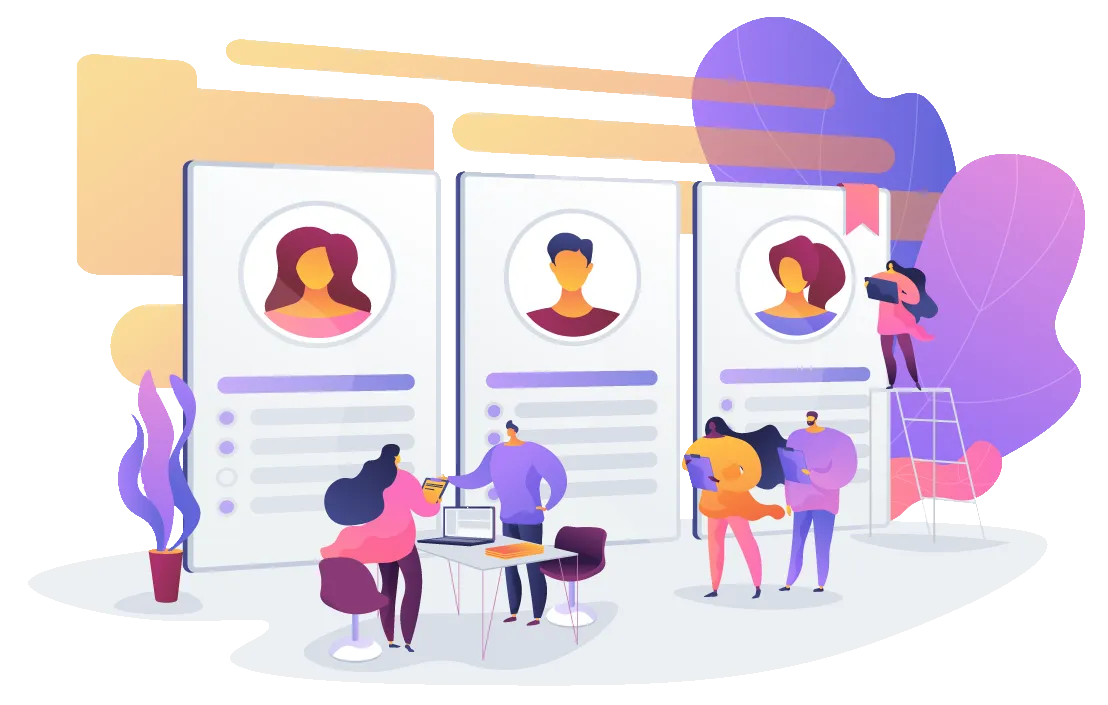
Marketing science stresses that Mental and Physical Availability work in tandem – they are the twin pillars of brand growth. Mental Availability is about being thought of in buying situations; Physical Availability is about being present and purchasable in those situations. You need both. If your product is everywhere but buyers don’t think of it, you won’t be on the shortlist. If people know you but can’t figure out how to buy from you (or you’re not actually present in their region/segment), you lose the sale.
Byron Sharp’s team emphasizes building “fresh and broad memory structures” for your brand – ensuring buyers associate your name with many different needs, occasions, and triggers. These associative cues are known as Category Entry Points (CEPs). CEPs are the cues or situations that prompt buyers to think of a brand. In a B2B context, CEPs might include triggers like “we need to cut costs,” “our software is outdated,” “planning for next year’s strategy,” or even emotional cues like “feeling overwhelmed by data.” The more of these entry points your brand is linked to, the more likely you’ll come to mind when a buyer faces a relevant situation. In Professor Jenni Romaniuk’s words, CEPs determine the situational awareness of your brand – they form the mental hooks that get your brand into the room when a decision is starting. Crucially, the more Category Entry Points a brand is associated with, the more likely it will be considered and chosen in a buying scenario. You want to be thought of not just for one narrow thing, but in many contexts. This widens your mental footprint.
Mental Availability is directly boosted by smart advertising and messaging. Importantly for B2B, we have to overcome a common bias: most of your potential customers aren’t in the market right now. In fact, as one study put it, 95% of business buyers are “out-of-market” at any given time. Only a tiny sliver of companies are ready to buy your service this quarter. That means most of your advertising is hitting people who won’t buy immediately – and that’s okay. Its job is not to drive instant sales, but to build memory links so that when that 95% eventually enter the market, they recall your brand [4]. This is known as the “95-5 rule” in B2B advertising: 5% of the audience is ready to buy now, 95% will buy later. Effective marketing speaks to the 100%, knowing the payoff comes over the long term [4]. As researcher John Dawes explains, advertising works “mainly by building and refreshing memory links to the brand” which will activate when buyers finally do need to purchase. In practice, this means B2B marketers should invest consistently in broad-reach communications that keep the brand salient, rather than only chasing in-market leads. You want to continuously refresh those mental associations (CEPs, brand benefits, distinctive brand assets like your name or logo) so that your brand is front-of-mind when the time is right.
However, mental availability alone isn’t sufficient – it creates the opportunity for a sale, but Physical Availability secures it. Think of Mental Availability as getting your name on the buyer’s shortlist, and Physical Availability as having your proposal ready and accessible on their desk. If a potential client thinks of you but then discovers you don’t serve their industry, or your product is out-of-stock, or their procurement system can’t find your vendor profile, that mental lead is lost. The Ehrenberg-Bass Institute succinctly frames it: buyers choose brands that are easy to think of and easy to find. For maximum growth, your brand needs to tick both boxes. That’s why smart B2B marketers work on building memory links (mental) and broadening distribution/offerings (physical) in parallel. These are not competing priorities – they are complementary. As one LinkedIn B2B Institute memo put it, Mental and Physical Availability “don’t compete, they complement” in driving brand growth [1]. A wider, fresher network of brand memories creates interest; wide and smooth availability closes the deal.
Case in Point: Salesforce – Ubiquity in Mind and Market

To make this all more concrete, consider the example of Salesforce, one of the most successful B2B tech brands, often cited by marketing experts (including the LinkedIn B2B Institute) as a case study in building availability. Two decades ago, Salesforce was a scrappy SaaS upstart; today it’s practically synonymous with CRM software. How did it achieve this? Not by relying on a cadre of ultra-loyal customers or by targeting a tiny segment – but by relentless expansion of both mental and physical availability.
On the mental side, Salesforce invested heavily in brand-building. Its famous “Trailblazer” campaign and constant presence at conferences, online media, and industry events ensured that everyone in the business world knew the name Salesforce, even if they weren’t currently shopping for software. Salesforce’s marketing isn’t just about CRM features; it links the brand to broader business challenges and aspirations (sales growth, analytics, customer experience, etc.). Internally, Salesforce has identified 33 distinct Category Entry Points – essentially 33 different business problem scenarios where they want their brand to pop into a decision-maker’s mind. This ranges from “need a sales pipeline tool” to “improve customer support” to “integrate our data.” By deliberately associating their brand with dozens of relevant cues, Salesforce maximizes the chances that when any of those situations arise, the first thought is “let’s call Salesforce” [3]. It’s a textbook example of engineering Mental Availability on a grand scale.
Equally important is what Salesforce did on the Physical Availability side. They made the product omnipresent and easy to obtain. Salesforce pioneered the cloud subscription model – you could sign up online from anywhere, with no physical distribution needed. They targeted businesses of all sizes (from single-seat licenses for small businesses to huge enterprise deals) to ensure they had an offering for every potential customer (that’s portfolio breadth in action). Over time, they also built an ecosystem – app exchanges, integration partners, a huge network of certified consultants – which means whatever channel a buyer goes through, Salesforce is likely to be there. Thinking of a CRM? Their ads find you. Searching Gartner or G2Crowd for software? Salesforce is listed. Asking a colleague or consultant for a recommendation? Chances are, they’ll mention Salesforce (thanks to its market share and mind share). By investing in scale and reach, Salesforce became the default choice – the brand you automatically consider and can easily try. The result: massive customer acquisition and growth, far beyond what any niche or loyalty-based strategy could achieve. As Byron Sharp would point out, Salesforce didn’t need every customer to love them; they needed every customer to know them and have the chance to buy. The sales figures speak for themselves.
Another illustration: think of the old saying “Nobody ever got fired for buying IBM.” IBM in its heyday exemplified physical availability in B2B tech – it was everywhere, in every category, with a product or service for every need, and a sales rep ready to knock on your door. It wasn’t necessarily that IBM’s products were magically better or that customers felt deep emotional attachment; rather, IBM was the easy, ubiquitous choice. In modern B2B, we see similar dynamics with companies like Microsoft (e.g., Office 365’s dominance due to being the default available suite) or Amazon Web Services in cloud computing. These giants succeed by saturating the market (mentally through brand familiarity and physically through broad distribution and offerings). While your business might not be a tech giant, the principle scales down: to grow, make yourself unmissable. If you operate in a niche B2B service category, aim to be so widely present and accessible that a buyer almost can’t avoid bumping into your brand during their journey.
Practical Takeaways: 3 Ways to Boost Physical Availability in B2B
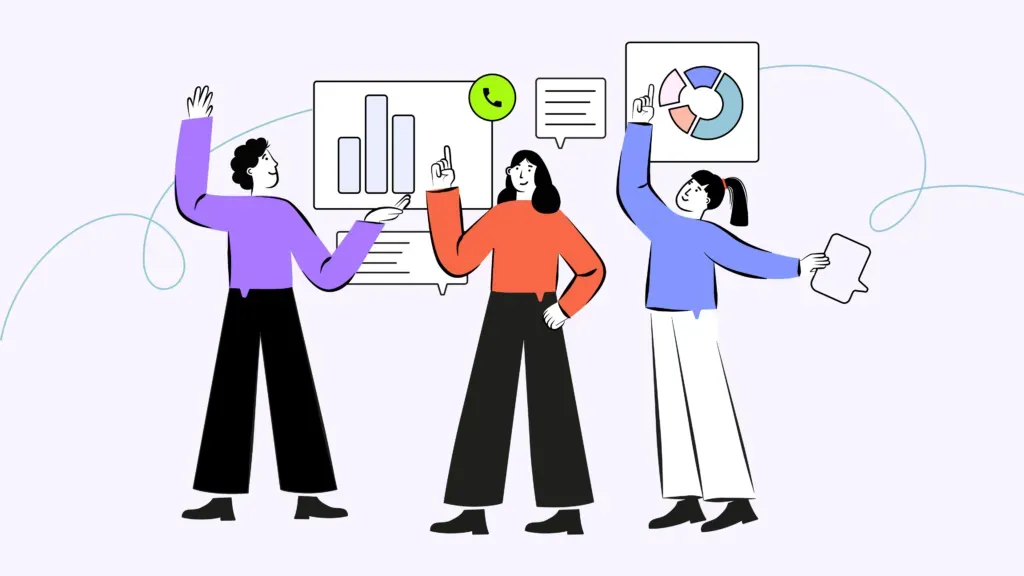
For marketing-aware founders, CMOs, and strategy leads looking to apply these concepts, here are three practical, science-backed steps to increase your Physical Availability and accelerate growth:
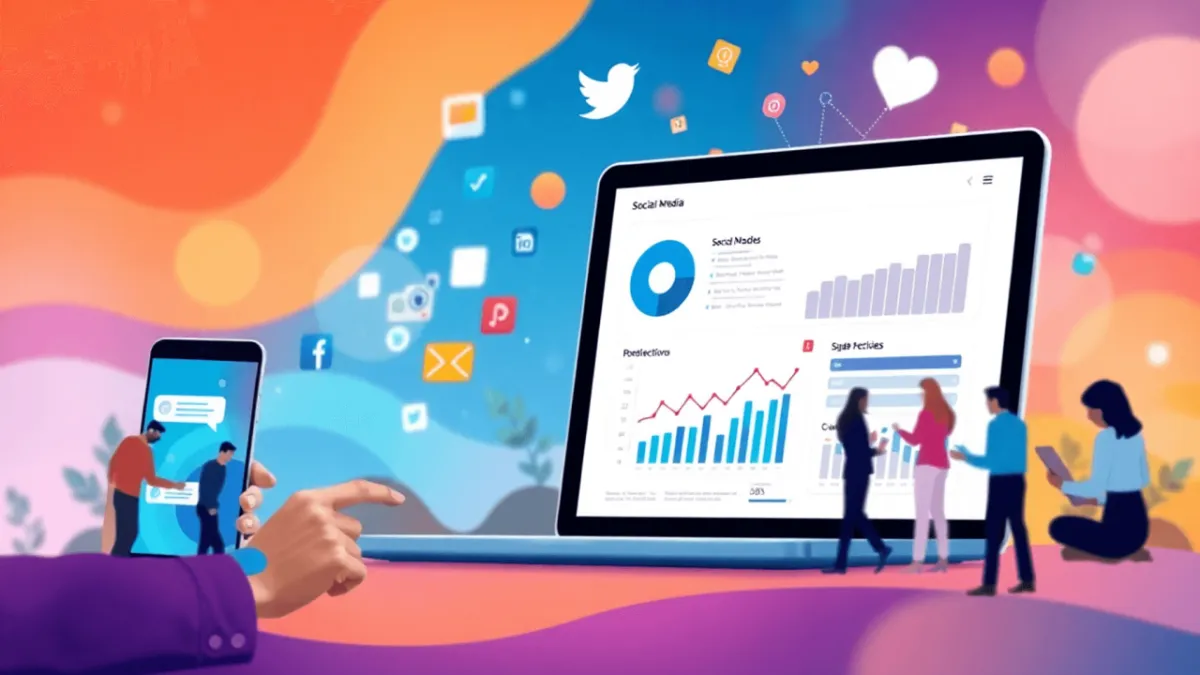
Maximize Your Presence (Reach > Precision): Audit where your potential customers could be searching or shopping for your service – then make sure you’re there. This might mean broadening your marketing beyond your comfort zone. Instead of only targeting a tight ABM list or familiar vertical, cast a wider net. Use high-reach channels: broad LinkedIn campaigns, search ads on generic category keywords, industry-wide sponsorships or events. The evidence is clear that reach drives growth more than laser targeting. Ensure your brand has routes to market everywhere: if buyers often go through consultants, build partnerships; if they rely on RFP portals, get registered; if they attend certain trade shows, show up. The goal is simple – come up in every relevant buyer’s peripheral vision. Even if 95% of them aren’t ready to buy today, you’re laying the groundwork for tomorrow [4]. Don’t worry that some of this reach might seem wasteful; as the data shows, it’s far more “wasteful” to miss a future customer entirely by not being visible [1].
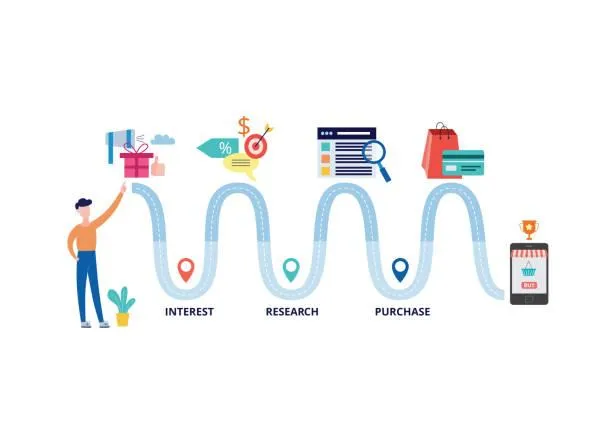
Flatten the Path to Purchase: Identify and remove friction in the buying process. Can a new customer easily understand what you offer, get a quote, and sign a deal? Or do they get stuck in endless forms and sales hoops? Make buying from you idiot-proof. This could involve publishing clear information (pricing, case studies, implementation process), offering free trials or demos, and simplifying contracts. B2B buyers are still humans – if it’s easier to go with a competitor because your process is too convoluted, you’ll lose out. Byron Sharp’s advice is to eliminate “speed bumps” on the path from interest to purchase. For a service firm, that might mean speeding up response times, having readily available reps or partners in-market, or even providing self-service options. Also consider your geographic and logistical availability: if customers prefer local providers, can you have a local presence or remote service option? If they need quick deployment, can you deliver faster? Every extra step or delay is a chance for the buyer to drop off or stick with their current solution. By streamlining everything that happens after “I’m interested,” you convert more of the opportunities your Mental Availability creates. Think of this as greasing the slides so when a prospect is ready to move, they slide straight into becoming a client.
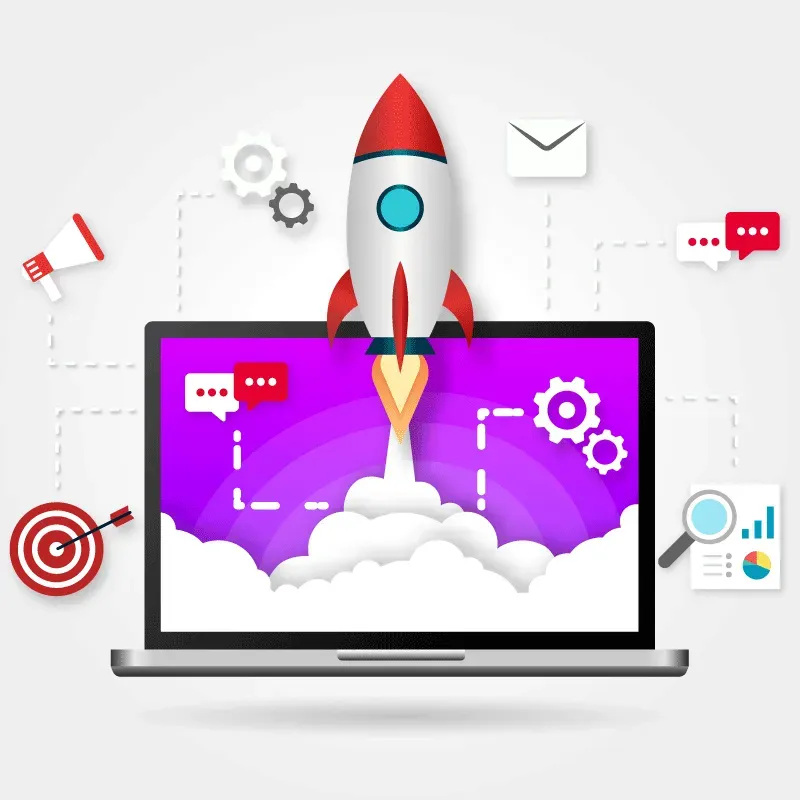
Broaden Your Offering and Appeal: Expand the ways a customer can say “yes” to you. This is the portfolio aspect of Physical Availability. Consider introducing tiered services, add-on modules, or flexible contracts that cater to different needs. The more entry points you offer, the larger your accessible market. For example, if you’re a B2B software company, having a basic version or monthly subscription lowers the bar for smaller customers, while your premium and enterprise versions cover the big fish. If you’re a consulting firm, productize a small workshop offering that prospects can sample before committing to a full engagement. Additionally, invest in building and maintaining distinctive brand assets (your brand name, logo, tagline, etc.) and use them consistently across all channels. Distinctiveness makes you easier to notice and find in cluttered B2B environments – it’s part of being prominent wherever you appear. Remember, availability is not just physical placement but also mental recognizability. A buyer might see your booth at a conference (physical presence), but a strong, familiar brand identity will make that booth pop out (prominence). In short, be easy to spot and offer something for everyone. As long as you stay within the bounds of your core competence, increasing variety and flexibility in your service offerings will remove excuses for a prospect to rule you out. It ensures that when needs arise, you’re not just considered – you have something on the menu that fits.
Conclusion: By embracing the principles of Physical Availability, B2B service brands can unlock scale and repeatable growth that gimmicks and fads can’t deliver.
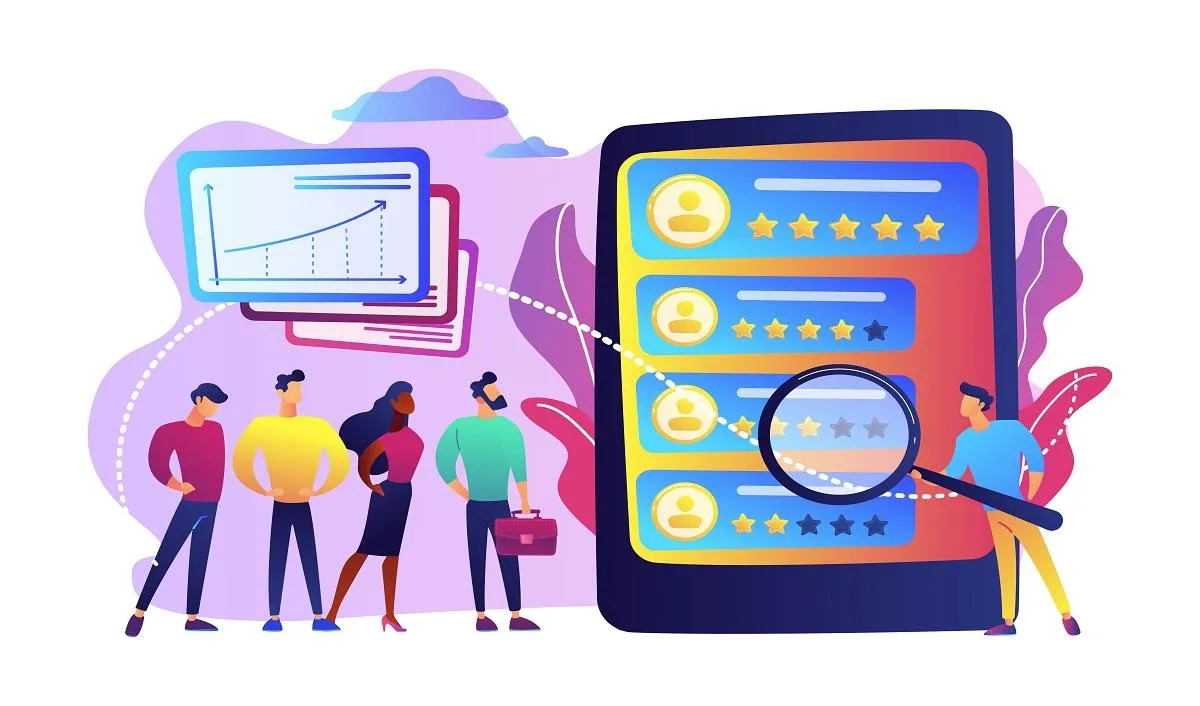
The science from Byron Sharp and the Ehrenberg-Bass Institute is unequivocal: growth comes from being thought of by more people, in more buying situations, and being easy to buy when those moments occur. It’s about mental reach and physical reach. For U.S.-based B2B firms facing fierce competition, this is actually good news. It means you don’t have to reinvent consumer passion or out-maneuver every competitor at the loyalty game – you need to systematically build distribution of your brand in the marketplace and in the mind. Be everywhere your buyers look, and make it a no-brainer for them to choose you. Over time, these small advantages in availability compound into major market share gains [5]. The companies that apply this evidence-based approach – balancing mental and physical availability – will be the ones that steadily broaden their customer base and dominate their categories. In the end, the easiest brand to find and buy is the one that wins – and that’s a law of marketing as reliable in B2B as it is in consumer goods, backed by hard data and years of research. By following these principles, your B2B service can become that easy choice and enjoy the growth that comes with it.
Byron Sharp and the Ehrenberg-Bass Institute have given marketing the gift of laws. Reliable, replicable, and proven. If you’re in B2B services and you want to grow, the playbook is clear:
Be easier to find. Be easier to buy.
Not loved. Not different. Just present and easy.
Do that, and you’ll grow. It’s not a guess. It’s gravity.
Works cited
Romaniuk, Sharp, Dawes & Faghidno (2023), How B2B Brands Grow – Ehrenberg-Bass Institute – Report on B2B brand growth principles.
Romaniuk, Dawes & Faghidno (2021), Double Jeopardy Law in B2B – Ehrenberg-Bass Institute – Evidence of the Double Jeopardy effect in B2B markets.
Romaniuk (2022), Category Entry Points – Ehrenberg-Bass Institute – Paper on linking B2B buying situations to brand mental availability.
Dawes (2021), Advertising effectiveness and the 95-5 rule – Ehrenberg-Bass Institute – B2B research on out-of-market buyers.
Romaniuk (2021), How Do B2B Brands Compete – Ehrenberg-Bass Institute – Report on Duplication of Purchase law in B2B competition.
Address
Phone: 725-240-6870
Email : [email protected]
Address : 6440 Sky Pointe Dr. #140-341 Las Vegas, NV 89131
Artificial Intelligence
Marketing & Branding
Marketing & Branding
©2025 Max Digital Edge | All Rights Reserved
